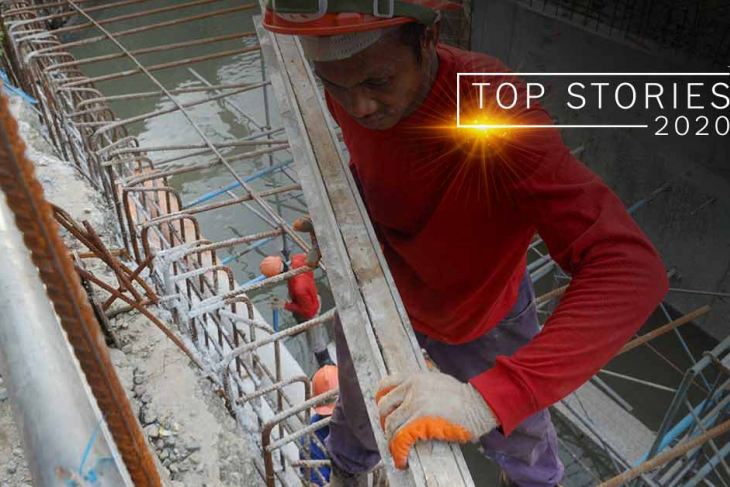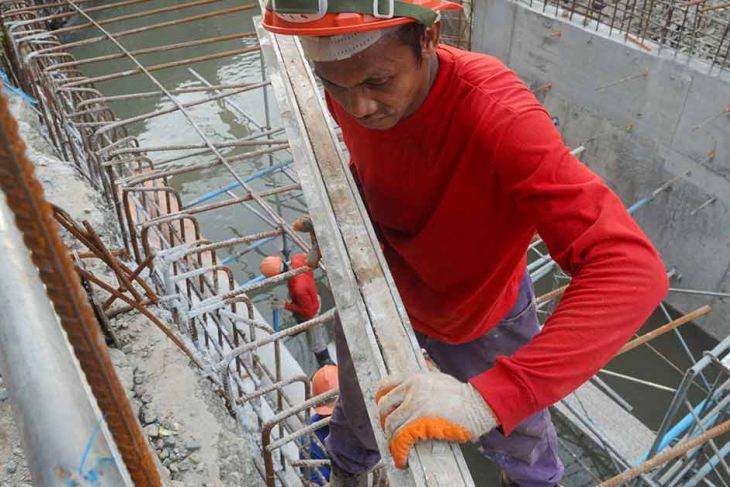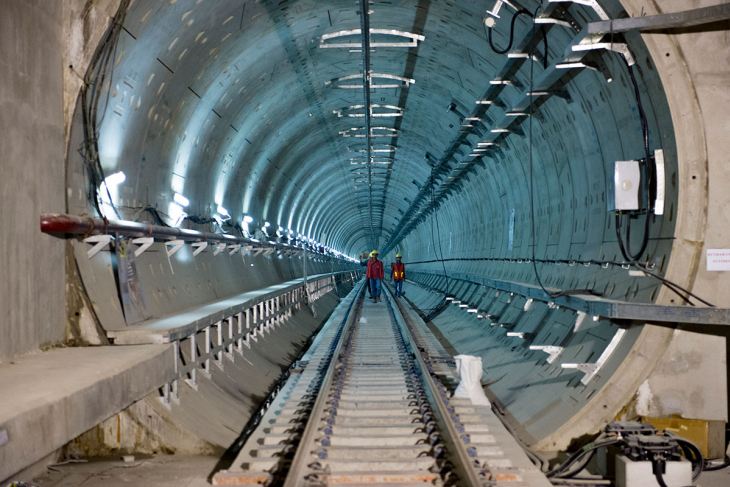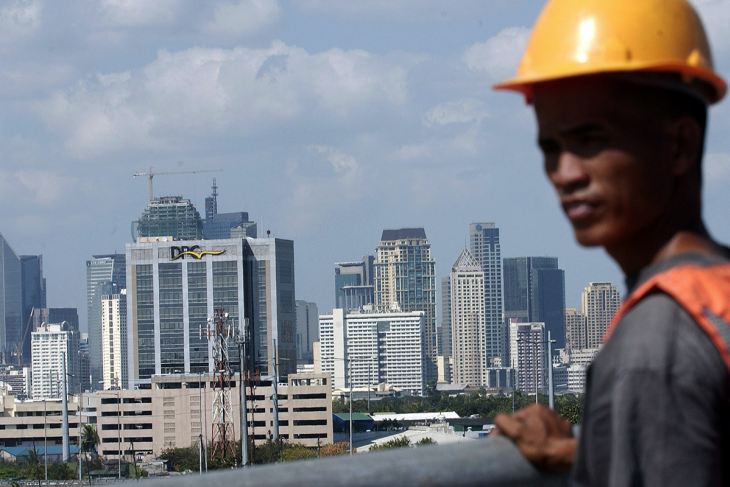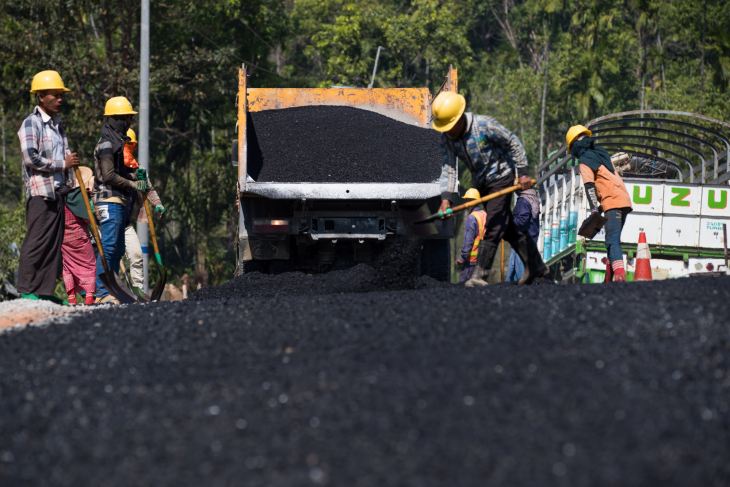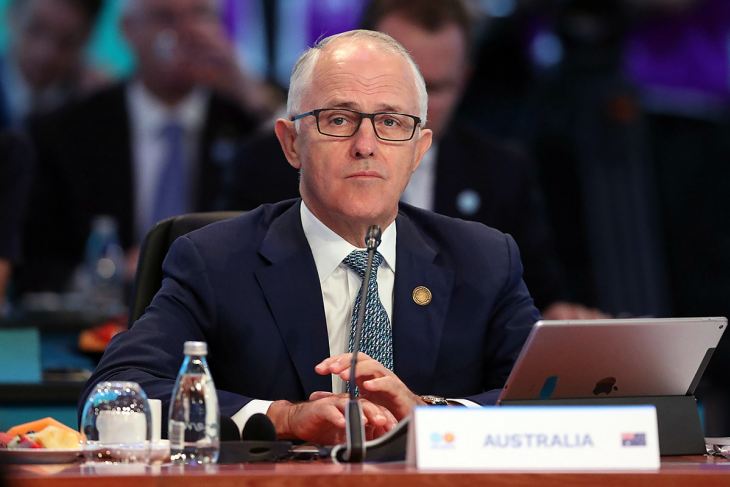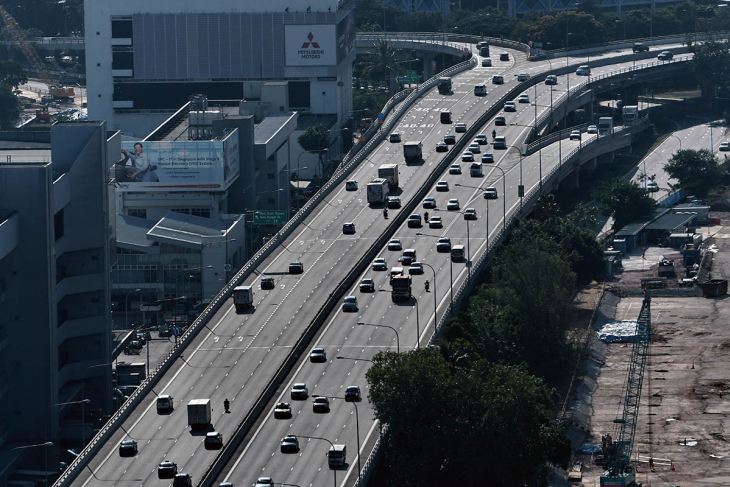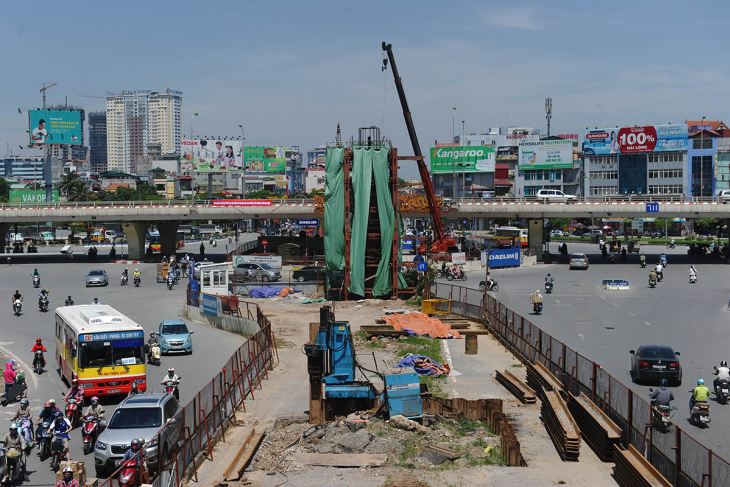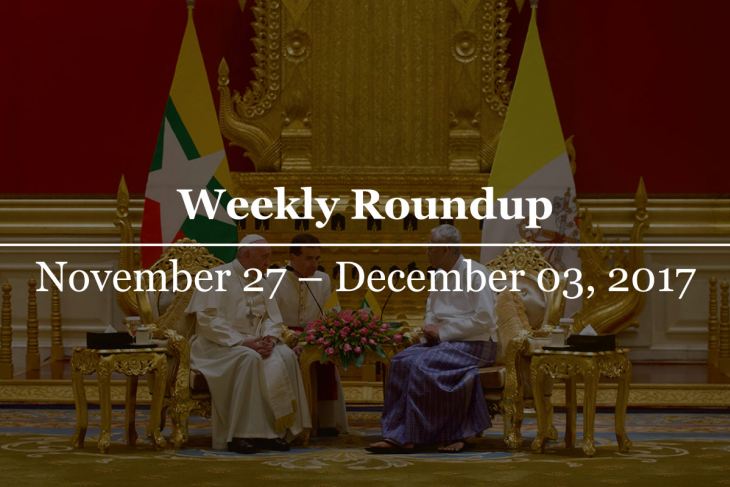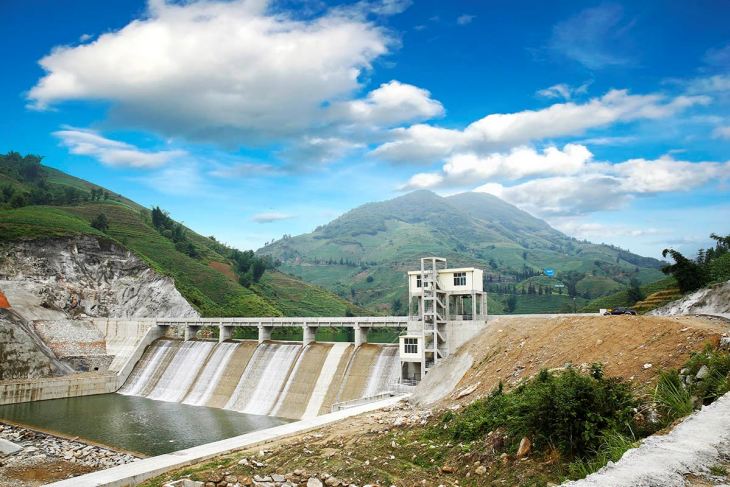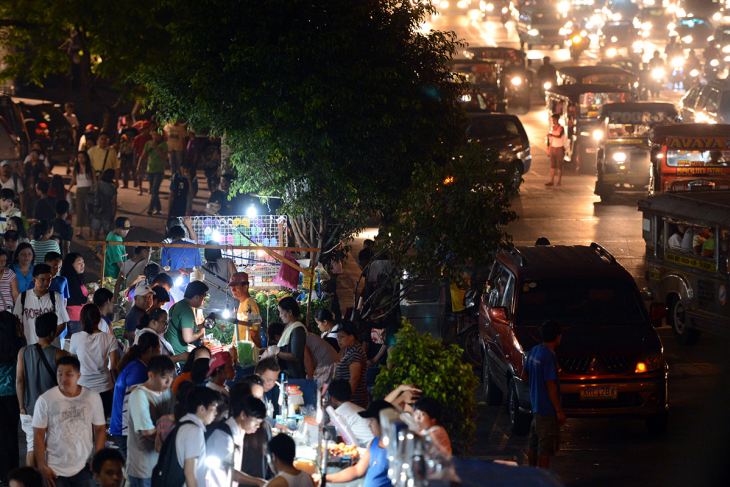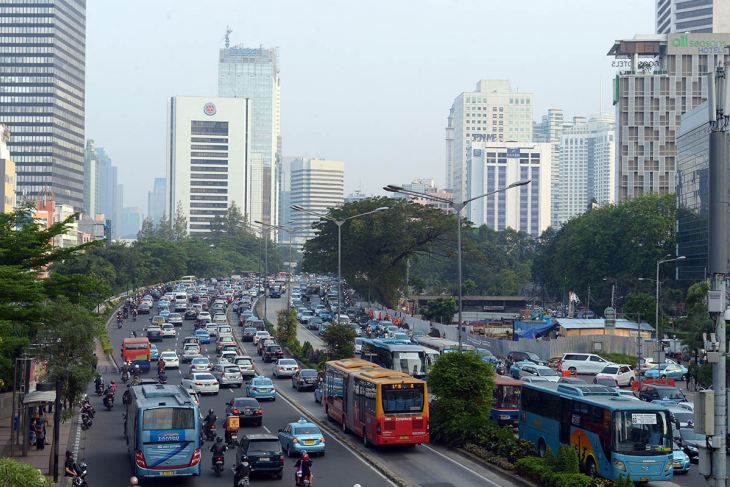Infrastructure Development
Amidst the economic recession being experienced by the Philippines and the world at large caused by the COVID-19 pandemic, infrastructure development through the “Build Build Build” (BBB) program of the Duterte administration is said to be one of the key drivers if not the main driver of the economic recovery of the country. The “BBB” program is anchored on Duterte’s long-time conviction and advocacy for a more balanced and responsive regional/countryside development for the country.
Amidst the economic recession being experienced by the Philippines and the world at large caused by the COVID-19 pandemic, infrastructure development through the “Build Build Build” (BBB) program of the Duterte administration is said to be one of the key drivers if not the main driver of the economic recovery of the country. The “BBB” program is anchored on Duterte’s long-time conviction and advocacy for a more balanced and responsive regional/countryside development for the country.
In Southeast Asia of late, the spotlight has been on the many ambitious infrastructure projects happening across the region. In the Philippines, President Duterte’s “Build!, Build!, Build!” infrastructure plan is underway with 75 different projects estimated to cost the country US$180 billion. In Indonesia, a high-speed rail system covering a distance of 140 kilometres connecting Jakarta to Bandung is also currently underway.
Over the past decade, the Philippines has rapidly developed into one of the region’s economic powerhouses. Now regarded as one of the Tiger Cub economies in Southeast Asia, along with Indonesia, Malaysia, Thailand and Vietnam, the Philippines looks set to outpace its ASEAN neighbours in this respect. This is underscored by a World Bank Global Economic Prospects report released in January, where it ranked the Philippines as one of the fastest-growing economies regionally.
Across Southeast Asia, policy makers hungry for infrastructure investment are looking beyond China.Southeast Asia’s economies will need to spend about $2.8 trillion on projects like roads, bridges, ports and railways from 2016 to 2030 in order to maintain economic growth and reduce poverty, the Asian Development Bank reckons.And while China has stepped in to fund some of those investments with its almost-$1 trillion Belt and Road Initiative, Southeast Asian governments are finding home-grown
Australia has taken steps to get in on the infrastructure boom taking place in Southeast Asia.
In financing long-term infrastructure projects, Singapore's government is looking at its first borrowings since the 1980s, according to analysis by The Business Times Singapore. These borrowings will be made by the country’s statutory boards and government-owned firms, finance minister Heng Swee Keat said during the recent budget announcement in February 2018.
With at least $323 billion in infrastructure spending in the pipeline in Southeast Asia and potentially more expected over the next few years, 2018 could well shape up as the year of builders’ stocks from Indonesia to the Philippines that have been the laggards in a broader market rally this year.Governments are boosting spending on everything from airports to high-speed rails and ports to increase connectivity and boost economic growth in what promises to be a boon for the region’s construct
The Pope comes to townThe biggest story this week was Pope Francis’ visit to Myanmar and Bangladesh.
As the Southeast Asian region develops rapidly, its future lies in sustainable development. The combined Gross Domestic Product (GDP) of Association of Southeast Asia Nations (ASEAN) members stands at 2.4 trillion dollars. As a singular economic bloc, ASEAN is the seventh largest economy in the world and is poised to be the fourth largest by 2050. The annual average projected growth from 2016 to 2020 is approximately 5.2 percent.
The Philippine economy grew more than six percent for a ninth consecutive quarter, cementing its position as one of the fastest-expanding in the world.Key Points Gross domestic product increased 6.9 percent in the third quarter from a year earlier, the Philippine Statistics Authority said in Manila Thursday, after expanding a revised 6.7 percent in the previous three months.
Indonesia is on track to become a trillion-dollar economy and should be the envy of Southeast Asia. Yet on some key measures, the region’s biggest economy is falling behind.The nation lags its neighbours on infrastructure development, faces a fiscal shortfall that’s heaping pressure on the state budget and still has 28 million people living in poverty.
